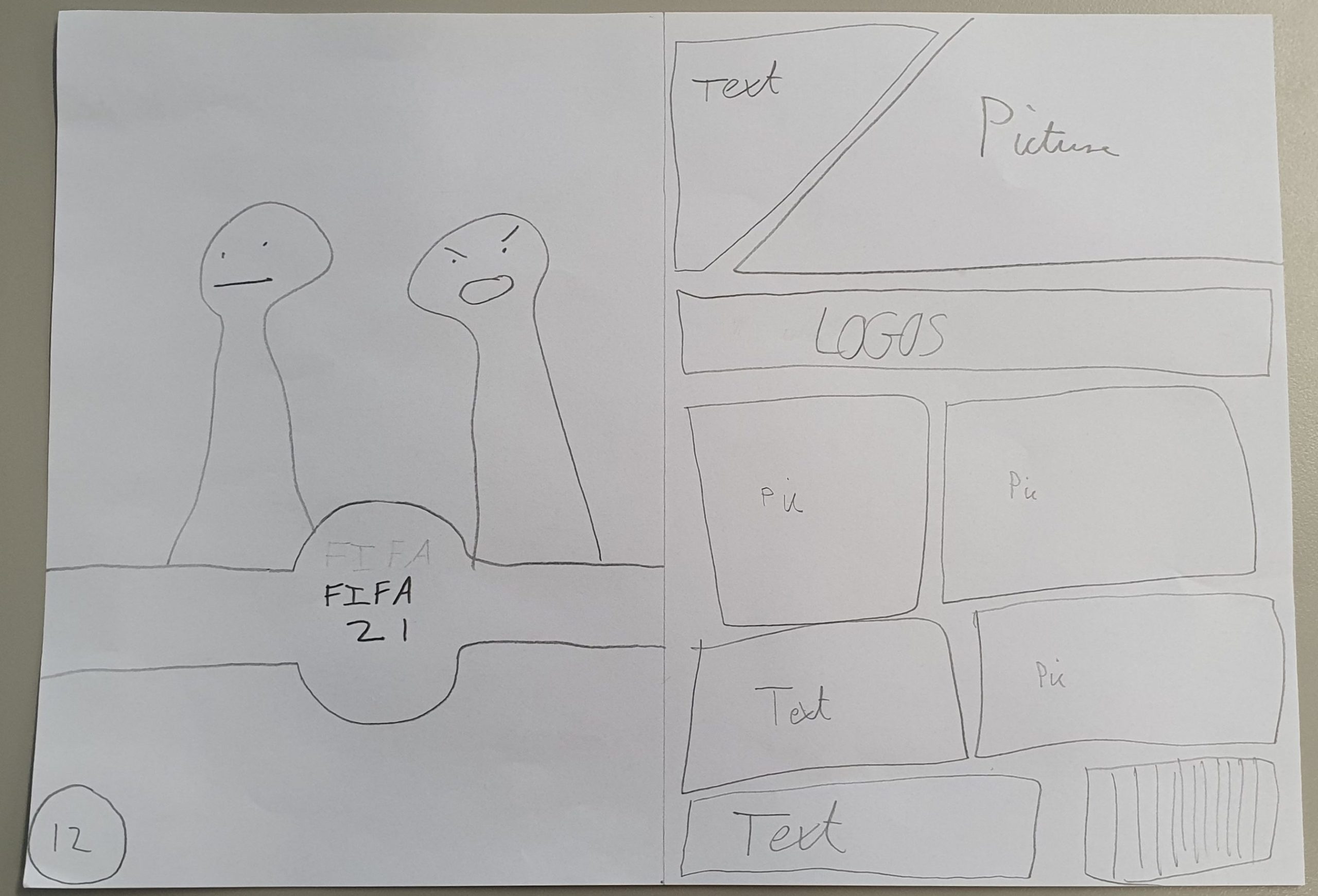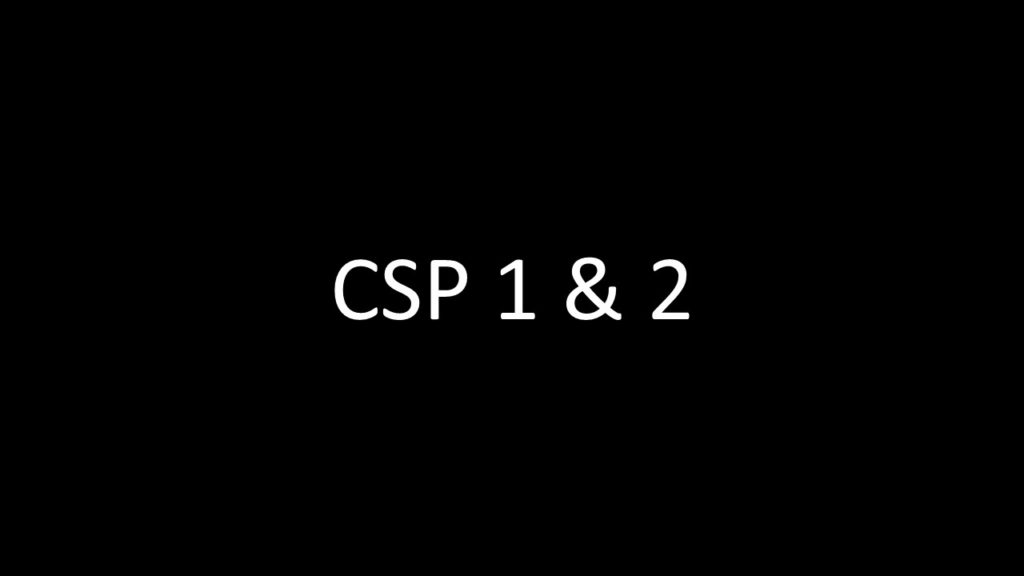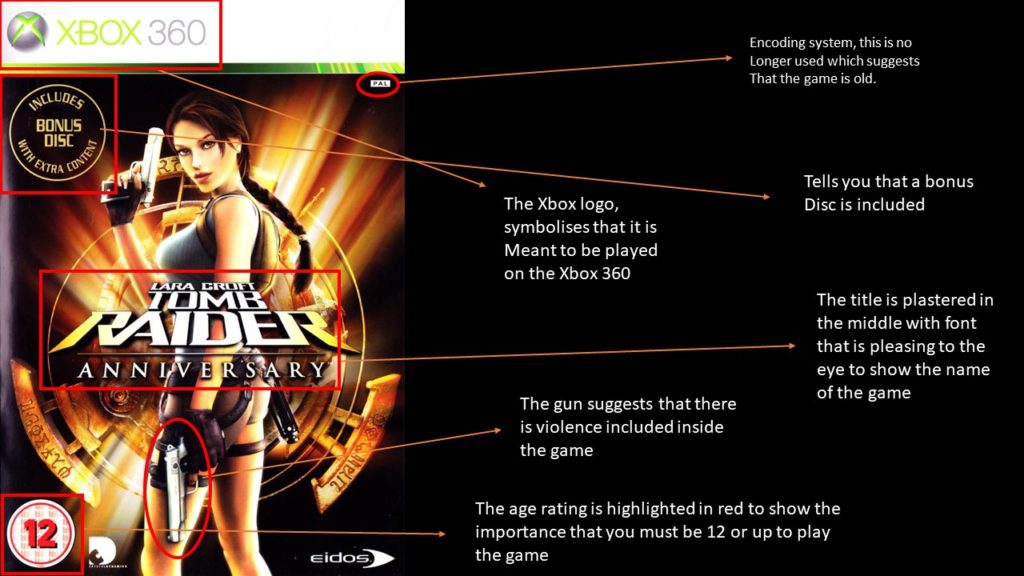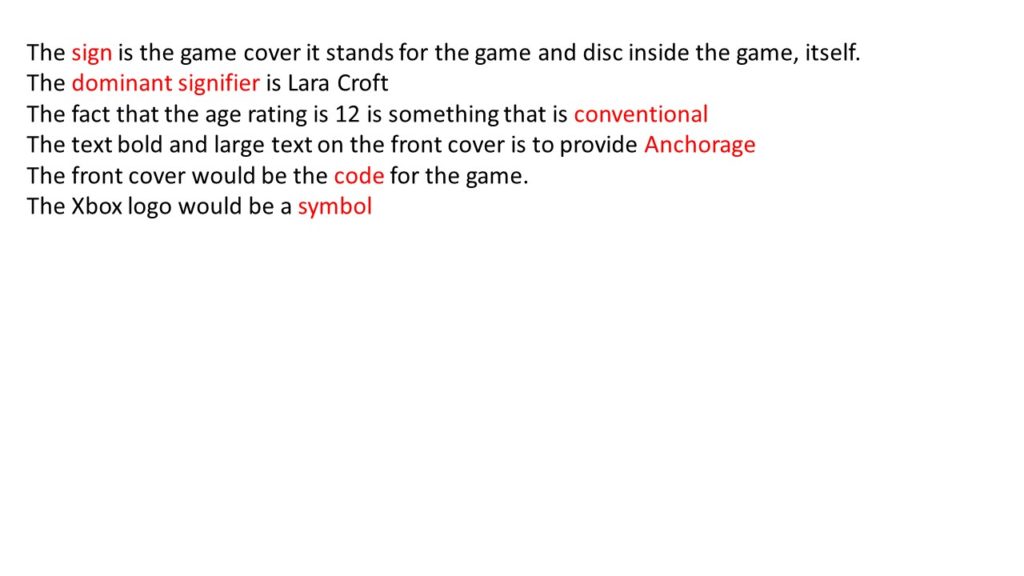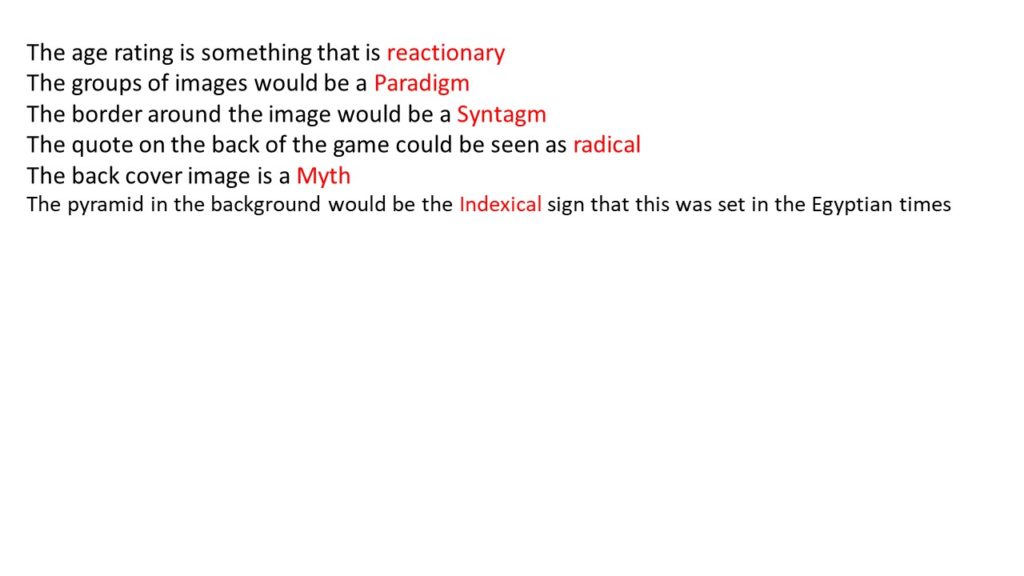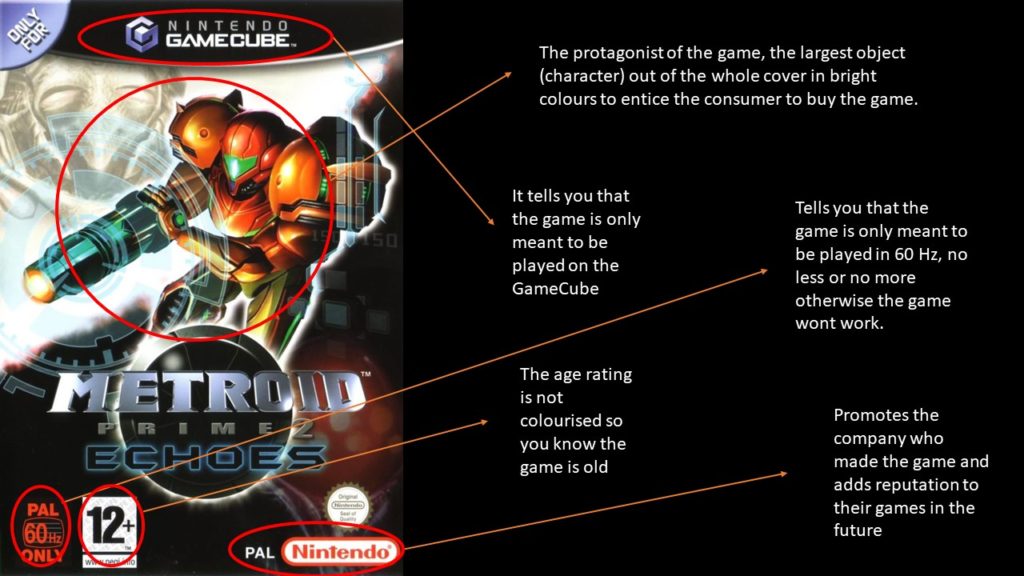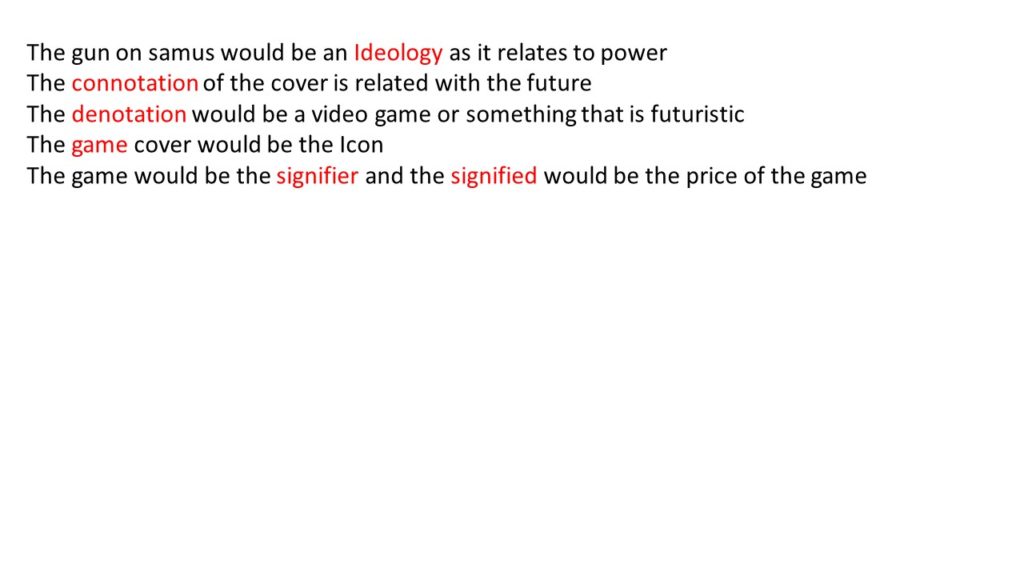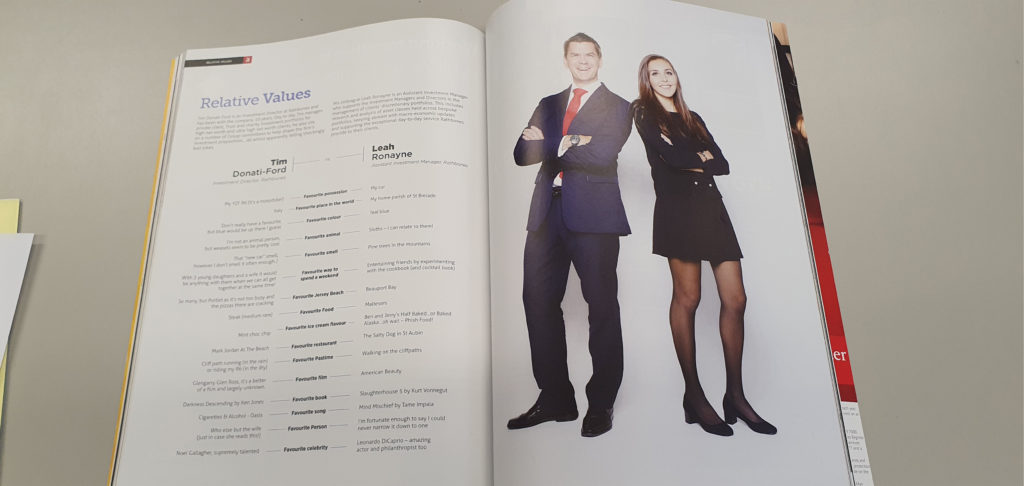I produced a games cover about the new FIFA, called FIFA 22, it is based around zombies, military and masks with the dominant signifier being the zombie wearing all of these things on him. That was masculine through me picking two male characters, although it you could say it doesn’t identify with any gender as its a zombie. This relates to the analysis of the distinction between female, feminine, feminist categories of representation by Tori Moi (1987). The main focus of my production (games cover) was masculinity. This can be identified by the fact that they are standing with their shoulders out and broad to create the sense that they are the Alpha males. The target audience will recognize it as “a typical male pose”.
Further to this I have exaggerated the muscular attributes of my character with expanded arms, legs and torso. I also included clothing that was war-like and confrontational, including a large weapon – signifying combat, aggression, conflict etc – and a war-like helmet. In some ways this inverts Laura Mulvey’s notion of the male gaze in that my main character is there to be objectified and looked at, in the words of Laura Mulvey he is a character “establishing ways of looking and spectacle” (Mulvey, p. 883, 1999). However, the notion of the male gaze is quite distinct as it relates to the sexualisation of the dominant signifier, which is not the case for my character.
Nevertheless, I believe that it is generally accepted in society that masculinity is seen as much more aggressive, confrontational and violent than femininity. So in this sense my product is a reactionary representation of masculinity.
However, I don’t think this is a positive representation of masculinity as I personally believe that an over-aggressive (toxic) masculinity is not healthy for males to aspire to. As such, if I was to create this product again, I would avoid the stereotypical representation of an over-muscular, over-physical zombie and look to create a character that was more radical in representation. Perhaps inhabiting a range of signifiers that would connote a more feminine (i.e. less masculine) character. I could do this by re-sculpting my character in terms of their physical appearance, their clothing and their posture. As such, I would be sending out a much more positive message (for me) about masculinity, ‘maleness’ one that used a positive countertype to present a radical and challenging representation which could help gamers to adopt a new ways of thinking about gender representation, with more positive role models for young people to aspire to. As Keith Stuart notes ‘the power of video games [is] a reflective, empowering and emotional influence on the lives of players’. (Why diversity matters in the modern video games industry, Guardian, 18 July 2017)


